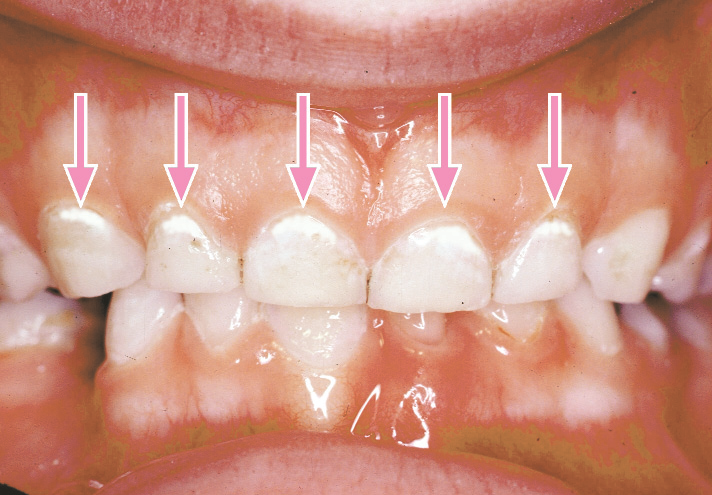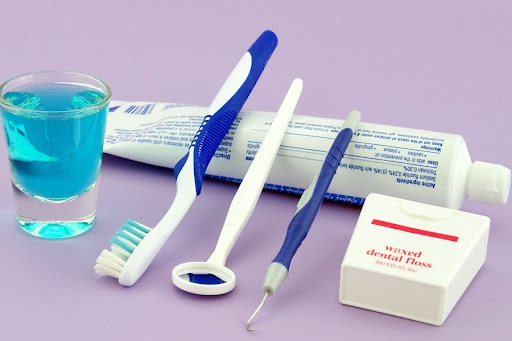How to Recognize Early Signs of Tooth Decay in Kids

Tooth decay is a common dental problem in children, and catching it early can prevent more serious issues down the road. Understanding and recognizing the early signs of tooth decay in kids is crucial for timely intervention and maintaining good oral health. In this guide, we’ll explore the key indicators of early tooth decay in children, helping parents and caregivers take prompt action to protect their child’s smile.
1. White Spots on Teeth
One of the earliest signs of tooth decay in kids is the appearance of white spots on the teeth. These spots, known as demineralization, occur when minerals such as calcium are lost from the tooth enamel due to acid attacks from bacteria. White spots may be difficult to spot at first but typically appear near the gum line or on the biting surfaces of the teeth.
What to Do:
- Keep an eye on your child’s teeth during brushing and look for any unusual white spots or streaks.
- Increase the frequency of brushing with fluoride toothpaste, as fluoride can help remineralize and strengthen the enamel.
- Schedule a visit to the dentist for a professional evaluation and possible fluoride treatment.
2. Sensitivity to Temperature and Sweets
Sensitivity to hot, cold, or sweet foods and beverages can be an early indicator of tooth decay. This sensitivity occurs when the enamel begins to wear down, exposing the more sensitive inner layers of the tooth. Children may complain about pain or discomfort when eating ice cream, drinking cold water, or consuming sugary snacks.
What to Do:
- Note any complaints your child has about pain or discomfort when eating or drinking.
- Reduce exposure to sugary and acidic foods and drinks, which can exacerbate sensitivity and tooth decay.
- Consult your dentist for a thorough examination to determine the cause of sensitivity and discuss treatment options.
3. Visible Discoloration or Dark Spots
As tooth decay progresses, the affected areas may change color, appearing as yellow, brown, or even black spots on the teeth. These discolorations indicate that the enamel has been compromised and that decay has advanced into the deeper layers of the tooth.
What to Do:
- Check your child’s teeth regularly for any signs of discoloration or dark spots.
- If discoloration is noticed, it’s important to visit the dentist as soon as possible to prevent further decay and potential cavities.
- The dentist may suggest treatments like sealants or fillings to restore the affected teeth and halt the decay process.
4. Bad Breath and Unpleasant Taste
Persistent bad breath (halitosis) or an unpleasant taste in the mouth can be an indication of tooth decay. As bacteria multiply in decayed areas, they produce foul-smelling compounds and acids that contribute to bad breath. If your child frequently complains of a bad taste or if you notice consistent bad breath, it might be a sign of developing cavities.
What to Do:
- Encourage your child to brush their tongue and gums along with their teeth to reduce bacterial buildup.
- Ensure that your child is brushing twice a day and flossing daily to remove food particles and plaque.
- Schedule a dental appointment to address the underlying causes of bad breath and check for decay.
5. Gum Redness or Swelling
Early tooth decay can sometimes cause irritation to the surrounding gums, leading to redness, swelling, or bleeding, especially during brushing or flossing. This inflammation is usually a response to the presence of bacteria and plaque near the gum line and is an early warning sign that decay may be present.
What to Do:
- Look for any signs of gum redness, swelling, or bleeding during your child’s oral care routine.
- Make sure your child is brushing gently along the gum line to remove plaque without causing additional irritation.
- A dental check-up can help determine if gum inflammation is due to early decay or another oral health issue.
6. Complaints of Toothache or Pain
Toothache is a more advanced sign of tooth decay but can occur relatively early if the decay progresses quickly. Children may complain of pain when chewing, spontaneous toothaches, or sensitivity to pressure. Pain can range from mild to severe and is often a sign that decay has reached the inner dentin layer or even the pulp of the tooth.
What to Do:
- Take any complaints of toothache seriously, even if the pain seems mild or intermittent.
- Provide pain relief through over-the-counter medications, if appropriate, and consult your dentist for guidance.
- Immediate dental attention is crucial to address the underlying cause of the pain and prevent further complications.
7. Pits or Holes in Teeth
Visible pits or holes in the teeth are clear signs of tooth decay. These cavities occur when the enamel is completely eroded, allowing decay to penetrate the deeper layers of the tooth. Pits or holes may be visible when your child smiles or opens their mouth wide, and they can trap food particles, further accelerating decay.
What to Do:
- Inspect your child’s teeth regularly, especially if they complain of discomfort while eating.
- Schedule a prompt dental appointment if you notice any pits or holes in your child’s teeth, as these require professional treatment.
- Treatment options may include fillings, crowns, or other restorative procedures, depending on the severity of the decay.
Conclusion
Recognizing the early signs of tooth decay in kids is key to preventing more serious dental issues down the line. Regular dental check-ups, good oral hygiene habits, and a balanced diet low in sugar are essential steps in protecting your child’s teeth from decay. By staying vigilant and proactive, you can help ensure that your child maintains a healthy smile and avoids the pain and complications associated with tooth decay. If you notice any signs of decay, don’t hesitate to consult your dentist for guidance and appropriate treatment.
Related to read:
Best Oral Hygiene Practices For Optimum Oral Health.
Bruxism: Teeth grinding causes treatment and prevention.
How to keep your gums healthy and disease-free?
References
To ensure the information provided is accurate and up-to-date, the following sources were referenced:
- American Dental Association. (n.d.). Plaque and Tartar. Retrieved from ADA website
- Mayo Clinic. (n.d.). Dental Plaque. Retrieved from Mayo Clinic website
- National Institute of Dental and Craniofacial Research. (n.d.). Periodontal (Gum) Disease. Retrieved from NIDCR website










0 Comments on “How to Recognize Early Signs of Tooth Decay in Kids”